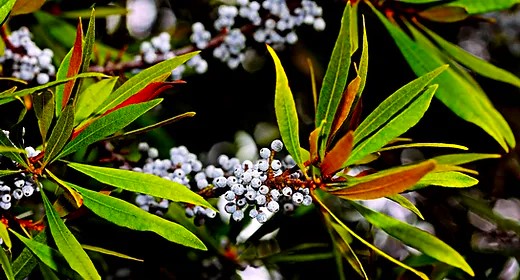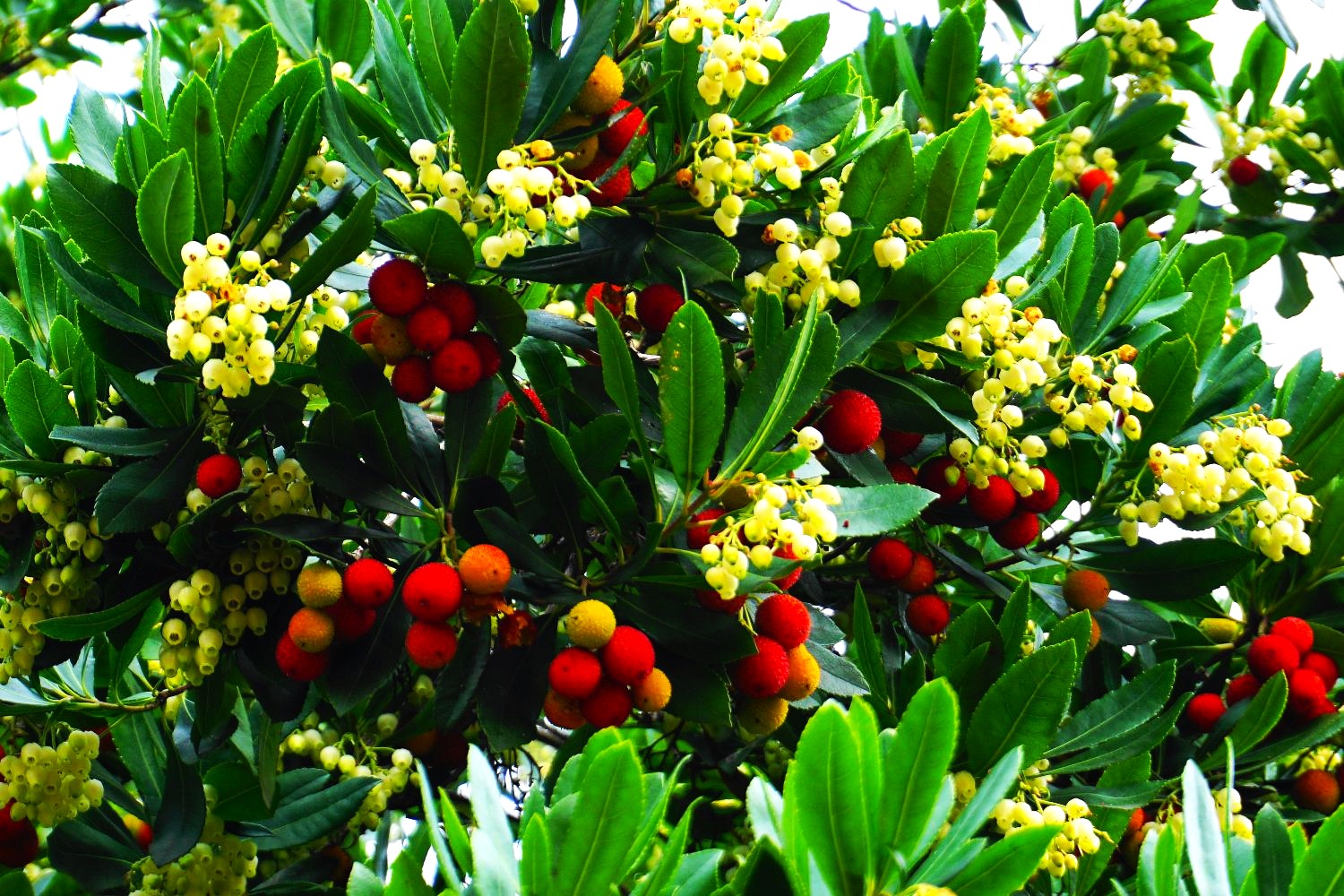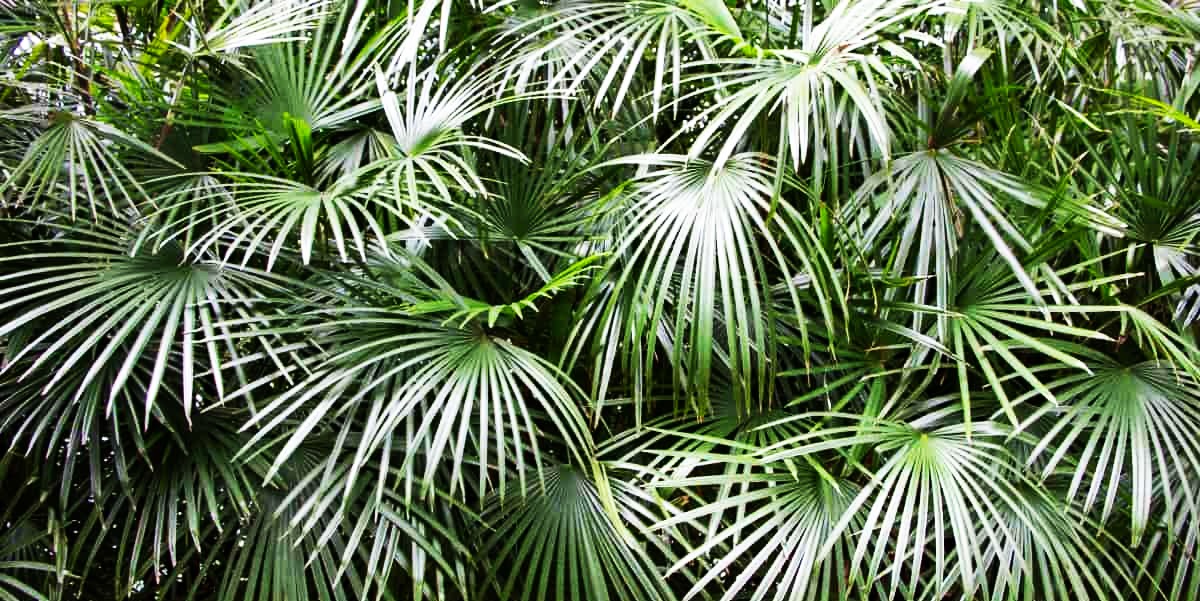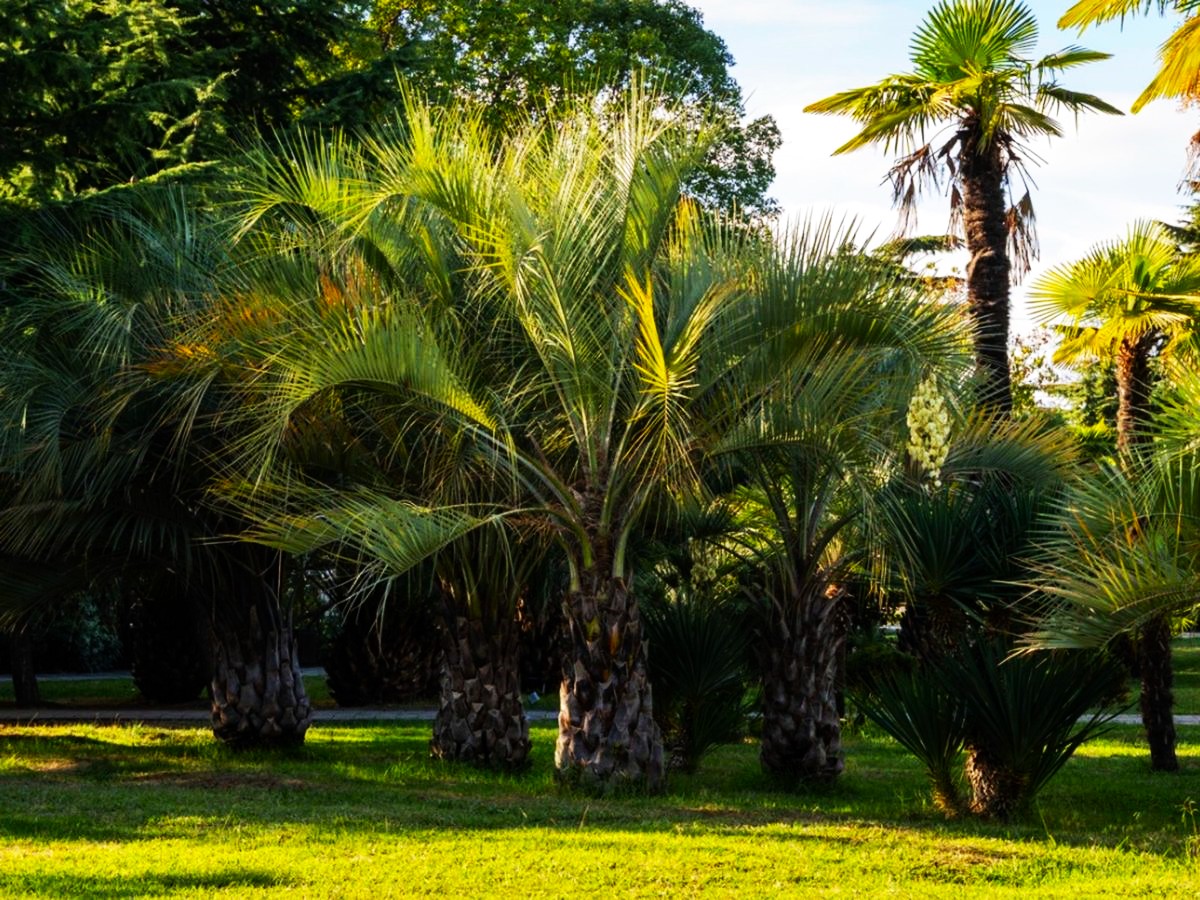Red Branch Cranberry Care: How to Grow Red Branch Dogwood
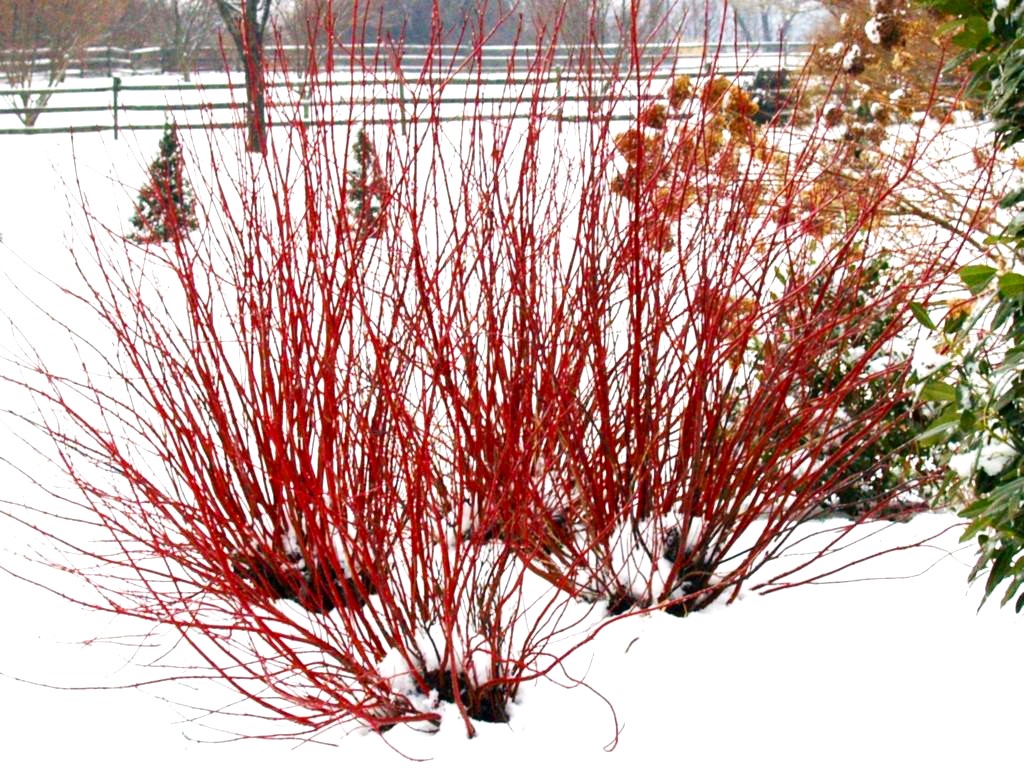
One of the best ways to give your winter garden some amazing color is to grow a red twig dogwood. When the leaves fall in the autumn, the green stems that are visible in the spring and summer turn a vibrant red color. The shrub bears berries that turn white by the end of summer, and creamy white flowers in the spring. While both fruits and flowers contrast well with the dark foliage, they are not as striking as the winter display.
Planting Dogwood with Red Twigs
Red twig dogwood trees are not to be confused with other dogwood trees. Red twig dogwoods are a shrub that does not grow into a tree, even though they are both members of the Cornus genus. Red twig dogwoods are actually two species of Cornus: Tatarian dogwood (C. alba) and Redosier dogwood (C. sericea). The two species are remarkably alike. For certain plants, like red twig dogwood, more is preferable. When planted as an informal hedge or in groups, they look amazing. Give your red twig dogwoods plenty of space when planting them. They can reach a height of 8 feet (2 meters) and a width of 8 feet (2 meters). Diseases are encouraged by overcrowding, and the result is thinner, less appealing stems.
Care for Red Twig Dogwood
The only maintenance required for red twig dogwood is pruning. Pruning is necessary once a year to maintain the twigs’ vivid colors. Removing old stems that lack good winter color is the main objective of pruning red twig dogwoods. Every year, cut off around one-third of the stems at ground level. Remove any weakened or old stems, as well as any that are damaged, discolored, or not developing well. With this kind of pruning, the shrub maintains its vigorousness and vibrant color. If you’d like, you can control the height by shortening the stems after thinning. If the shrub gets overgrown or unmanageable, trim it back to a height of 9 inches (23 cm). This is a good way to rejuvenate the plant quickly, but until it regrows, it leaves a blank space in the landscape. After planting red twig dogwoods, water once a week when it doesn’t rain, then lessen the amount of water once the shrub is well-established. Mature shrubs only require irrigation when it’s dry outside. Apply a layer of compost or a light dusting of slow-release fertilizer to the plant’s root zone once a year.


